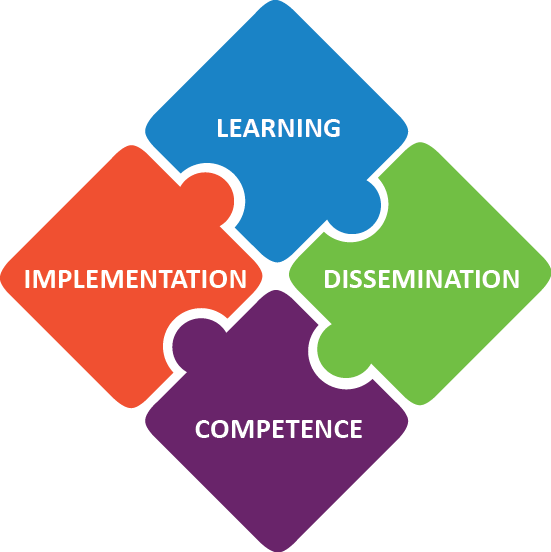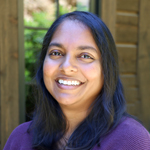
Whenever a new study comes out that says blended learning is effective, or blended learning isn’t effective, the first thing I do is take a close read of the methods to see what the authors really mean by “blended learning” and “effectiveness.”
Sometimes it’s very clear how these terms were defined, but frustratingly it is often not clear at all.
Discrepancies in the level of detail with which “blended learning” and “effectiveness” are measured and reported point to the dramatic need for a coordinated effort to measure if, when and how blended learning is effective in K-12 settings. We don’t all need to agree on a definition of blended learning, or even effectiveness, but we do need to be consistently explicit, clear and precise about what and how we measure and report.
Today, The Learning Accelerator released the Blended Learning Measurement Agenda: A Path Forward For the Ecosystem. This action-oriented guide explores the growing need for a coordinated measurement agenda, and highlights the current conditions and unique challenges we face in measuring blended learning. The agenda also lays out in four parts explicit measurement objectives for key stakeholders, clearly identifying the new things we need to learn, what and how we need to share, the measurement skills we need to develop and finally, what we need to do to apply the measurement objectives.
Implementing evidence-based practices requires multiple stakeholders to take coordinated action utilizing a breadth of knowledge and skills traditionally associated with very different roles and responsibilities. Our hope is that by publishing this measurement agenda, we will catalyze the measurement ecosystem, including schools and educators, to work together towards the mutual goal of providing all students with an outstanding education, enabling them to reach their full potential.
Summary of Recommendations
Make no mistake, there is a lot to be done and the measurement agenda reflects this. As the real work begins, I will continue to help break it down into bite-sized pieces, so that readers can see how they can contribute as an individual to accomplishing this overall seemingly gargantuan task. Before I jump into the nitty-gritty, here is an overview of our recommendations:
- Doing what’s best for students requires typical good research and measurement practice to be applied in this sector. Knowing and implementing evidence-based practices increases our ability to meet each student’s instructional needs. We currently have different levels of understanding (and varying levels of evidence) about the aspects of blended learning we are interested in.
- The essential challenge to measuring blended learning right now is a disconnect between the evidence cycle and the implementation cycle.
To overcome this challenge, we recommend unifying these cycles to achieve four goals:
- Knowledge generation
- Knowledge dissemination
- Skill acquisition
- Application
We should do this for specific identified gaps in our current blended learning evidence base. In addition, we all have a role to play in overcoming this challenge. For example, researchers should share more transparently and broadly than usual. Educators should open up their classrooms to enable measurement. All stakeholders need to be patient, generating rigorous evidence takes time.
Navigating the Measurement Agenda
The measurement agenda itself consists of objectives for various stakeholder groups, organized into four parts. We have sliced and diced these objectives in two main ways:
- By content; and
- By intended audience
This is so you can engage with the material in smaller modules in the way that works best for you. All of the information from the measurement agenda is included in both ways of navigating–the only difference is how the information is grouped together.
If you would like to read about each of the parts of the measurement agenda, and get an overview of how all stakeholder groups have a key role to play in advancing the measurement of blended learning, then content navigation is for you.
Content navigation is driven by our jigsaw puzzle graphic, which shows how the four parts of the measurement agenda fit together:
Part 1. Measurement learning agenda: new things we still need to learn
Part 2. Measurement dissemination goals: what and how we need to share
Part 3. Measurement competency standards: skills we need to develop
Part 4. Measurement implementation objectives: what we need to do.
For a deeper dive into the measurement agenda through content navigation, you can view a recording of our webinar about the measurement agenda, hosted by the Michigan Virtual Learning Research Institute.
If you prefer to read the objectives for your own or a single stakeholder group across all four parts of the measurement agenda, then audience navigation is for you. There are five stakeholder groups that we have identified as intended audiences for the objectives within the measurement agenda:
- Researchers
- Educators
- Administrators and Policymakers
- Funders
- Community Members, such as families and students, software developers, media, and others.
Feedback?
Releasing the Blended Learning Measurement Agenda is just a first step in a collective effort to discover if, when, and how blended learning is effective at the K-12 level. Share your thoughts with Saro Mohammed at saro.mohammed@learningaccelerator.org. Let us know how you are using the measurement agenda in your work #BLMeasurement.

